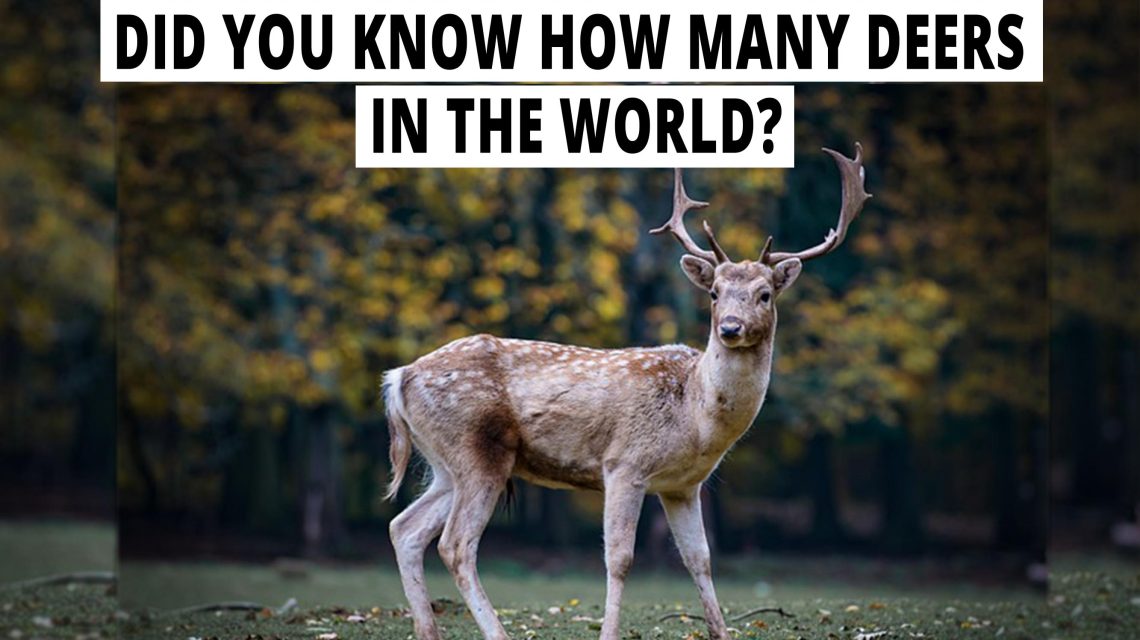The deer is a wild animal that belongs to the animal kingdom of Animalia. The deer is identified by its scientific name Odocoileus virginiana. Deer is a mammal that belongs to the family of Cervidae. The Deer population is almost distributed all over the world, but the most popular regions of the deer population are Asia, Europe, Australia and North America. The life span of a deer is between 15 to 20 years, and the life span depends on the species and the location of their habitat. A well-grown deer weigh 700 kilograms, and its weight starts from 12 kilograms. The height of a deer would be 2.1, and the length would be between 85 centimetres to 3.2 meters. The size, length and weight may differ according to the species.
Habitat
The deer are found all over the world except the continents of Australia and Antarctica. Each region has different species, but in Africa, only one species is the Barbary red deer. The species of White-Tailed deer is common in North and South America. According to their habitats, the living areas would differ for different species; therefore, there are many diverse ecosystems like wetlands, grasslands, rain forests, arid scrublands, mountains and deciduous forests; as the deers are more social with the human community, they gradually set themselves to the urban setting.
Diet
The deer depend on vegetation; therefore, the deers are herbivorous. The deer dies, consisting of grass, small shrubs and leaves. The stomach of deer is also formed in a similar way to cows, they have one main stomach and three false stomachs, and they chew the cud to digest their food fully.
Types of Deers in the World
01. Axis Deer
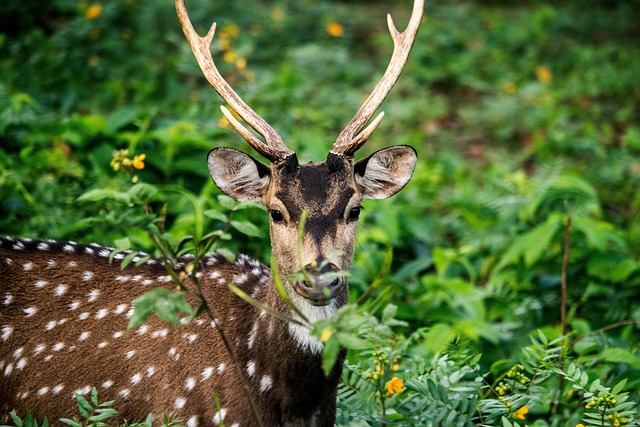
The Axis Deer, called the Chital Deer or Spotted Deer is a native deer species to Asia. The Axis deer is more elegant with its dotted skin. The population of Axis deer is grown in India, Sri Lanka, Nepal, Bhutan, and Bangladesh.
02. Calamian Deer
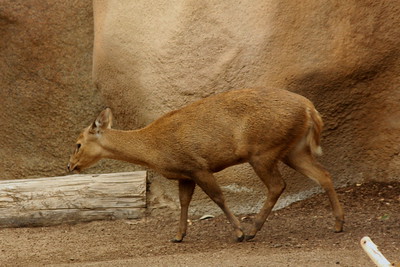
Axis calamianensis is the scientific name used to call Calamian Deer. The Calamian Deer is a subspecies of Hog Deer. The Hog Deer and The Calamian Deer are both similar in appearance.
03. Couse Deer
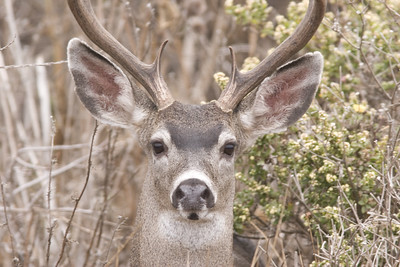
Couse Deer can be found in the American Southwest and Mexico. The Couse Deer is the subspecies of the American White-Tailed deer. The Couse deer is smaller than the other American Deer species.
04. Fallow Deer
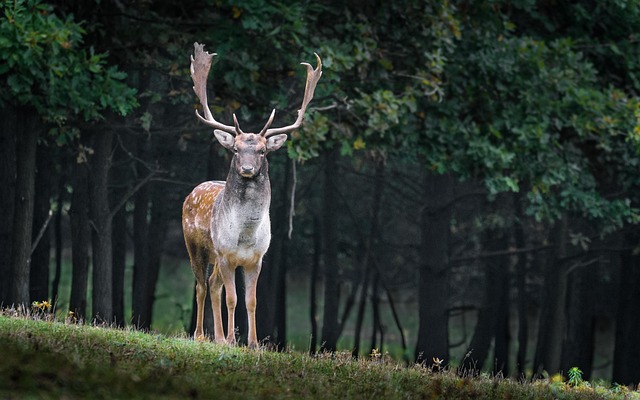
Dama is the scientific name to call the Fallow deer. The Fallow deer is native to the European continent and appears in pale brown with white spots on the body.
05. Indian Hog Deer
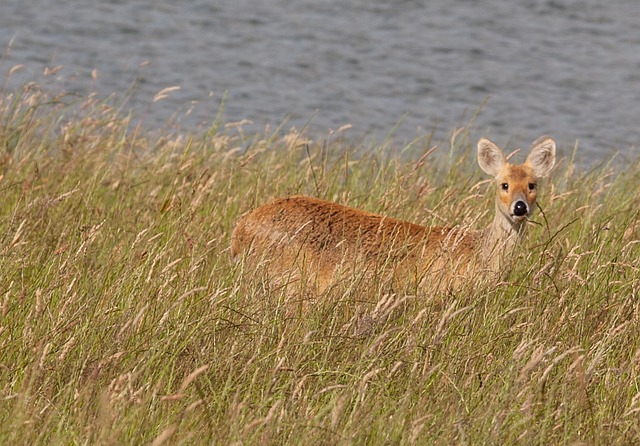
The Indian Hog Deer is native to India and lives in Pakistan and Southeast Asia. The Cervus porcinus is the scientific name of the Indian Hog Deer.
06. Reindeer
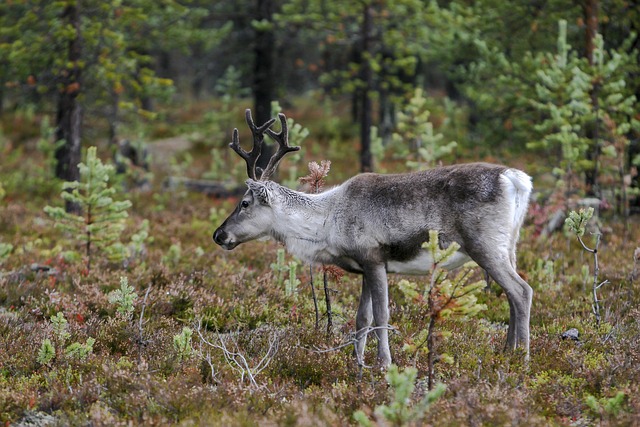
The Reindeer can be found in freezing regions, adapted to the cool climate, and native to the arctic, sub-arctic, boreal, tundra, and mountain ranges. The scientific name for Reindeer is Rangifer tarandus.
07. Roe Deer
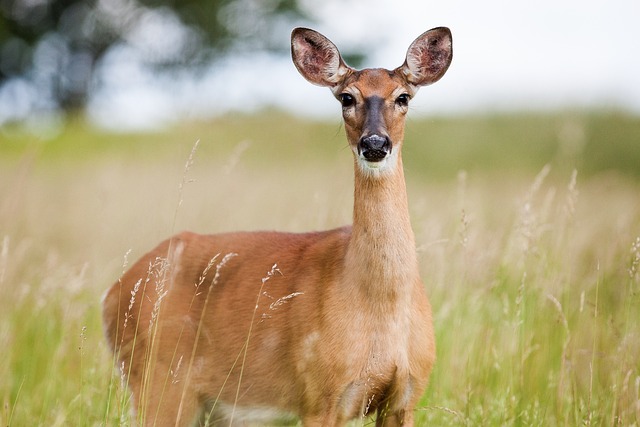
The Roe Deer is named the European Roe Deer or by the scientific name Capreolus capreolus. This species can be found mainly in the Uk mainland and southern England.
08. Southern Pudu
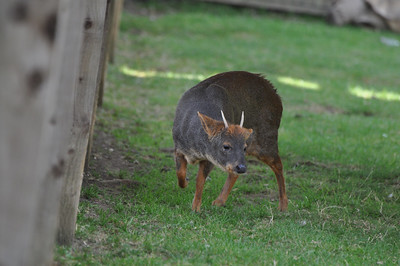
The Southern Pudu is a native deer species in South America. The scientific name Pudu puda is used to introduce them. There are two species of pudu deer. The Southern pudu is listed in the list of near-threatened species. You can find Southern Pudu in Southern Chile and South-Western Argentina.
09. White-Tailed Deer
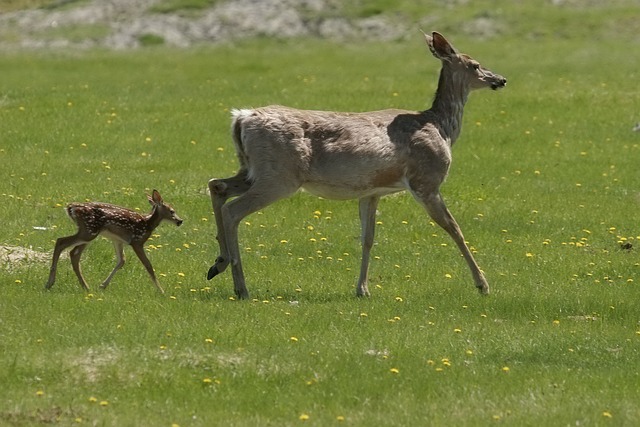
The White-Tailed Deer is the most Distributed and vigorous deer species spread in North America. The White-Tailed deer is also called by the names Virginia deer or whitetail and by the scientific name Odocoileus virginianus.
10. Red Deer
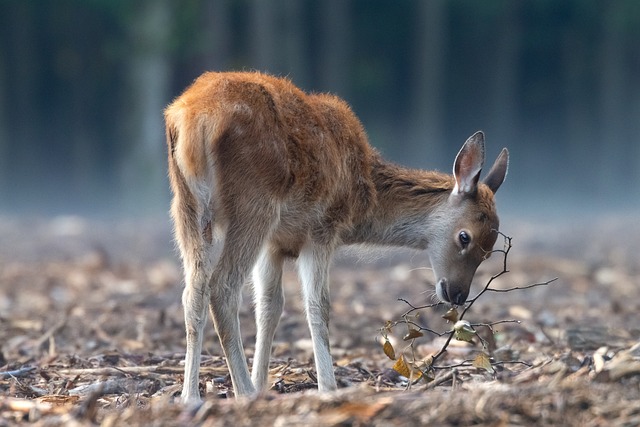
The Red Deer is one of the largest deer species in the world. The red deer is also called Cervus elaphus in the scientific term. The Red Deer is a majestic animal in Europe, Asia and Northwestern Africa.
11. Barasingha Deer
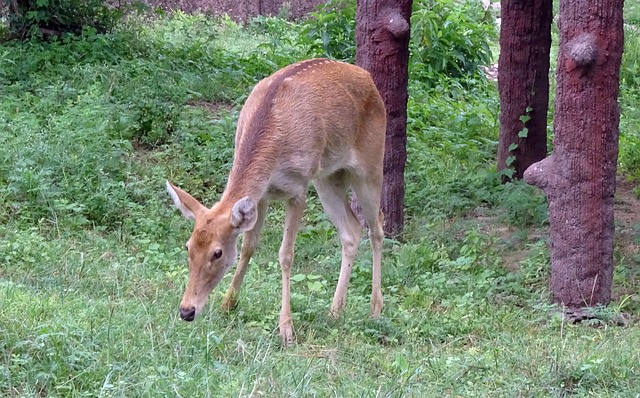
The Barasingha is a deer that lives in swamp areas, the population of Barasingha Deer population is distributed in both central and northern India. The scientific term for the Barasingha Deer is Rucervus Duvauceli.
12. Brocket Deer
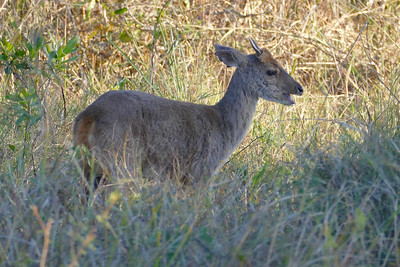
The Brocket Deer live in Yucatan Peninsula, South America, Central America and Trinidad island. There are different types of Brocket Deer.
13. Bornean Yellow Muntjac
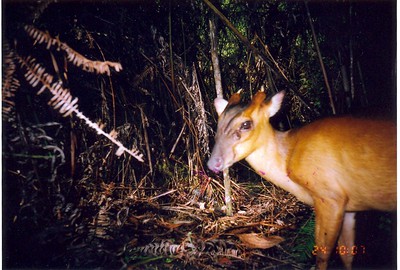
The Bornean Yellow Muntjac is a deer species recognized as an independent species. They mostly live in the forests of Borneo.
14. Chinese Water Deers
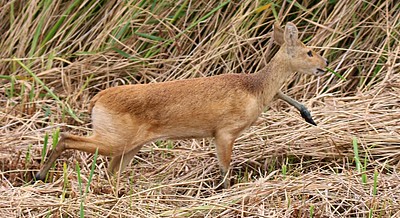
Among all the Asian deer origins, the Chinese Water Deer is considered the smallest deer. The Chines Water Deer belongs to the Cervidae family.
15. Sika Deer
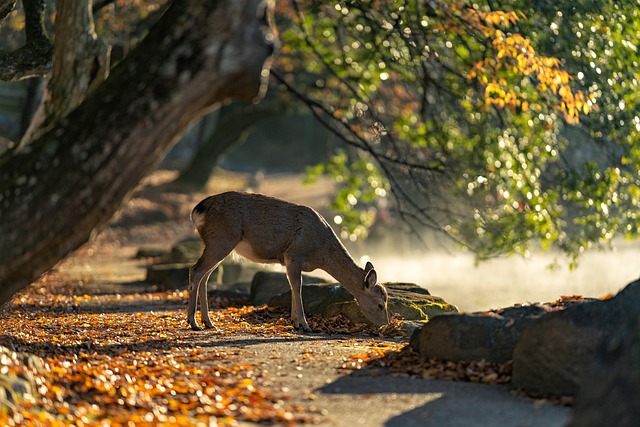
The Sika deer is a native species in East Asia and Northern Vietnam. The Sika Deer is also referred to as Japanese Deer, Spotted Deer and Cervus Nippon.
16. Eld’s Deer
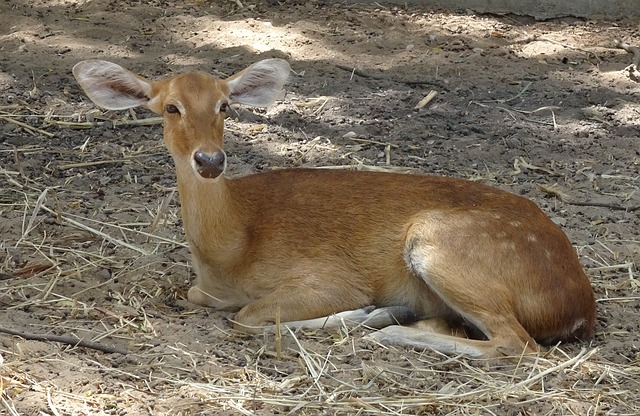
The Eld’s Deer is named using terms like Thamin Deer, Panola edit, Brow-Antlered Deer and Cervus eldi. The population of Eld deer is spread in Southern Asia.
17. Elk
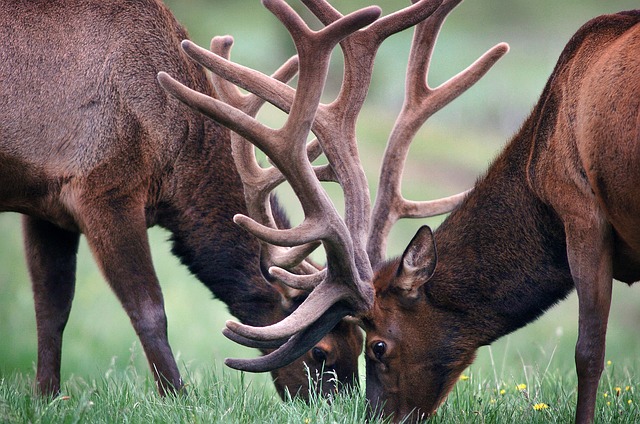
Elk is also similar cervid as the White-Tailed Deer. It lives in North America. The Elk is considered the second largest deer species of the Deer family.
Threats and Conservation
In most cases, the deer’s lives are threatened by the predators. Most deers in the wild often become prey to wild predators. Due to this, the population of deer get decreased. Therefore conservation steps have been taken to protect them under captivation. The Roe Deer in Europe and the White-Tailed deer in North America are at serious risk of extinction. Huge involvements also end the deers’ lives; humans hunt deers for economic use. Also, deer have been losing their habitats because of deforestation; therefore, they come to agricultural lands to satisfy their food need, and humans overhunt them to avoid their coming. Habitat degradation has adversely affected the lives of deer. Predators and human hunters overhunt the deer because the humans take the deer meat to make different meals, and their skin and body parts are taken for different tradings. The deer population is also endangered due to agriculture. The marsh deer and Pampas deers in South America mostly face this issue.
Concerning these facts, animal conservation organizations have introduced captive breeding programs to protect deer. Though captive breeding is quite expensive, it has good results in increasing the deer population. Also, steps can be taken to protect the native habitats of wild deer, not only deer it is also beneficial for other wild animals as wellThe governments can impose rules and regulations to protect the native habitats of wildlife.


